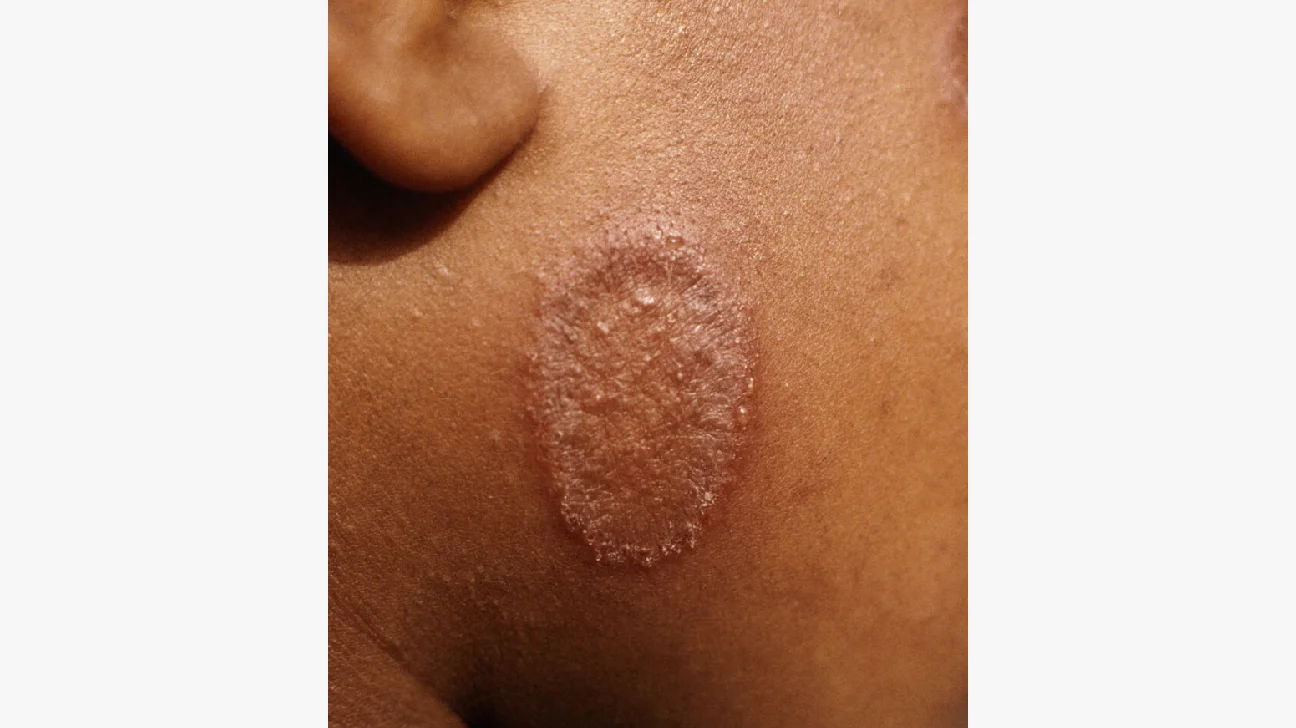Skin Infection
Skin Infection
Infection of skin can commonly be bacterial, fungal or viral.
Each of the infections present differently on the skin. It can vary from boils, blisters or rash. This section is on fungal infection of the skin, the Ringworm.

What is a ringworm infection?
Tinea infection also called ringworm infection is caused by a variety of fungus that grows on the skin. It spreads from one person to another through direct contact, contact with infected materials like towels, combs, dresses, toilet seats etc.
What are the symptoms of ringworm infection?
The infection spreads in a ring-like fashion, with redness in the periphery and central clearing. There is commonly an intense itching associated with it.
It can occur in any body pary from head to toe and the presentation can vary depending on the part of the body affected.
Home care / skin care for fungal infection-
Hygienic practices include bathing twice a day, dry clothes in sunlight inside out, especially underwear.
Use loose cotton dresses.
What not to do?
- Sharing clothes, soaps, damp towels, using common / public toilets, tight clothing – especially jeans, leggings and dresses that require tying around the waist.
- Avoid self medication.
- Avoid steroid usage.
- Avoid washing clothes and the affected area with disinfectants like dettol/ savlon etc.
- Avoid washing the area with very hot water to get momentary relief.
- Avoid applying home remedies like turmeric/ neem leaves.
The lifestyle modifications are as important as the medication itself.
Treatment
Treatment of fungal infection will include topical medicines like creams, lotions and ointments, itching medications and oral antifungal.
The very crucial part is to continue the treatment until a complete mycological cure is achieved. (that is, till no fungus can be found on the skin). This is decided by the physician and it doesn’t correlate with the
Check the blog links to know in detail about viral / bacterial infections.
